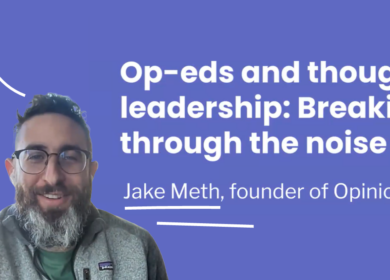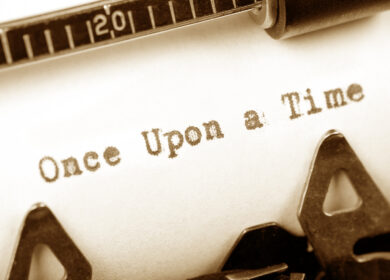
Photo Credit: opensourceway via Compfight cc
By: Colby Reade, APR
The Hoffman Agency, Portland-Vancouver
Successful communication for any brand relies on an honest, two-way exchange of information between the organization and its publics. With the variety of owned channels available today, it can be relatively easy for brands to openly share information about successes and failures with their audiences, be it on the company blog, via video or even in a post on social media. But what about individuals?
In arenas such as politics, sports and business, an individual can be a brand on his or her own. While these “brands” may engage with fans and colleagues on social media and regularly enter the spotlight for press events, many don’t have owned channels, such as a blog, that they can effectively leverage when they need to share a lot of information with the public.
Social media is a great tool for public apologies when a person says or does something stupid or for offering a quick update on some minor activity, but what if there’s a deeper issue that needs to be discussed? A few tweets or a quick update to Facebook won’t really do the job.
The person can release a statement to the press, but in that case, he or she is often relying on the snippets that reporters will pull in order to draft a story. True, many publications these days will link to the original statement online, but the vast majority of readers will only have time or interest in the headline and the first few paragraphs of the summary story.
So, how can brands and individuals that are facing challenging circumstances and don’t have an existing platform available from which to speak share their side of the story with their audiences? As we’ve seen in the last couple of months, the first-person essay/personal letter can be an incredibly effective tool:
- Professional basketball player LeBron James offered the best example of this tool over the summer when he used a first-person essay in Sports Illustrated to share his side of, and apologize for, his decision to leave Cleveland for Miami. With a tone that blended contrition, humility and optimism, James largely won back his hometown fans who, only a few years earlier, burned his jersey in the streets.
- NFL sideline reporter Pam Oliver addressed rumors of her being replaced by another broadcaster in a first-person account for Essence Magazine. Oliver’s story pulled no punches and describes in some detail the exact exchanges between her and her management, putting to rest rumors of the decision and offering a glimpse at how Oliver was personally dealing with the career change.
- Professional football player Colt Lyerla took a similar approach to James with a piece that ran on SB Nation, offering an in-depth account of the personal demons that, he says, drove the prized high school recruit to a variety of issues that took him from the University of Oregon football locker room to a jail cell.
For the most part, all three of these pieces were received favorably by the public at large, and each sparked a unique news cycle that took a favorable tone with the author. A first-person essay can be an effective tool for sharing your side of the story, and I believe that we will see more of these types of stories in the future.
Now that you have heard a little bit more about the need and some use cases for the first person essay, stay tuned for next week’s post about the key factors to keep in mind when writing one.

